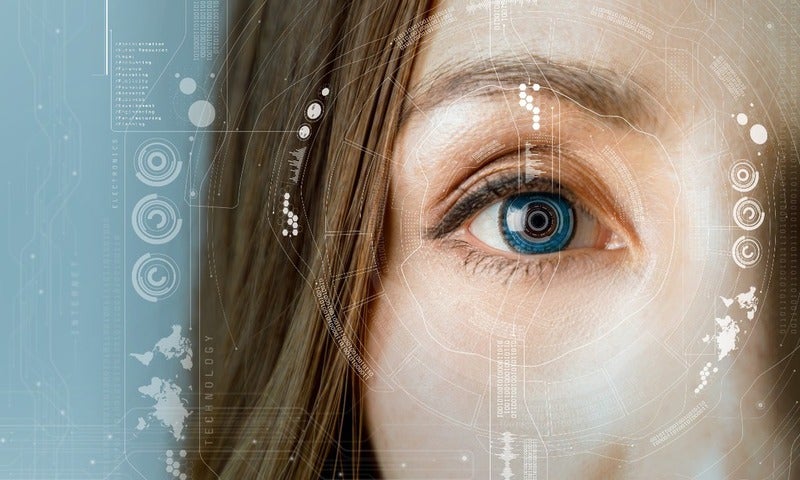
A team at RMIT University in Australia has partnered with Brazilian researchers to develop artificial intelligence (AI)-based image processing technology for quick detection of diabetic retinopathy in its earliest stages.
The diabetes-related eye disease is known to be the leading cause of vision loss in adults and is estimated to affect around 191 million people by 2030 globally.
In order to enable the early treatment of diabetic retinopathy, the team devised an image processing algorithm that can automatically identify fluid on the retina, one of the main signs of the disease.
The new AI approach is said to be 98% accurate, instantaneous and cost-effective.
RMIT professor and research lead investigator Dinesh Kant Kumar said: “Our AI-driven approach delivers results that are just as accurate as clinical scans but relies on retinal images that can be generated with ordinary optometry equipment.
“Making it quicker and cheaper to detect this incurable disease could be life-changing for the millions of people who are currently undiagnosed and risk losing their sight.”
How well do you really know your competitors?
Access the most comprehensive Company Profiles on the market, powered by GlobalData. Save hours of research. Gain competitive edge.

Thank you!
Your download email will arrive shortly
Not ready to buy yet? Download a free sample
We are confident about the unique quality of our Company Profiles. However, we want you to make the most beneficial decision for your business, so we offer a free sample that you can download by submitting the below form
By GlobalDataKumar added that the gold standard techniques for detecting the eye disease are invasive, expensive or not available in remote areas.
Currently, fluorescein angiography and optical coherence tomography scans are the most accurate clinical methods in use.
Analysis of retinal images taken by fundus cameras is cheaper than these methods but is manual, time-consuming and less reliable.
The newly developed algorithm is intended to automate the analysis of the fundus images. It is designed to identify the presence of fluid from damaged blood vessels inside the retina.
Kumar added: “For every single person in Australia who knows they have diabetes, another is living with diabetes but isn’t diagnosed. In developing countries, the ratio is one diagnosed to four undiagnosed.
“This results in millions of people developing preventable and treatable complications from diabetes-related diseases. With further development, our technology has the potential to reduce that burden.”
The research team is working on partnerships with fundus camera manufacturers in order to further advance the new AI technology.







